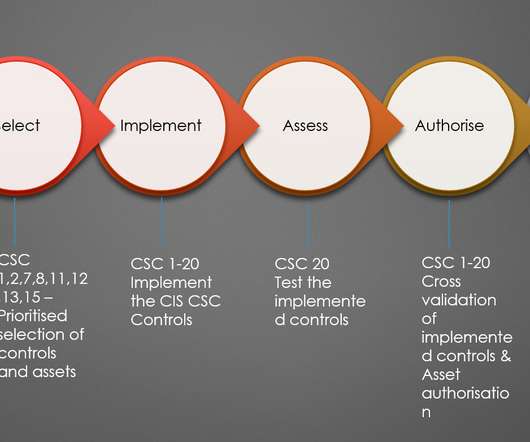MITRE introduces D3FEND framework
Malwarebytes
JUNE 23, 2021
As an example, let’s look at the entry “Phishing for information” in the “Reconnaissance” stage. D3FEND enables cybersecurity professionals to tailor defenses against specific cyber threats, thereby reducing a system’s potential attack surface.”. An ATT&CK example.













Let's personalize your content